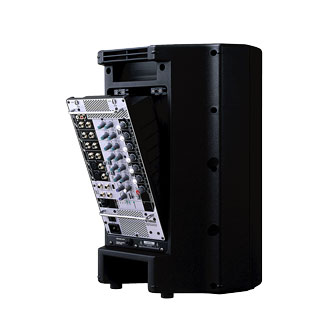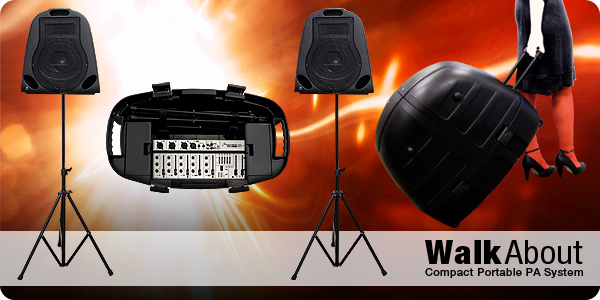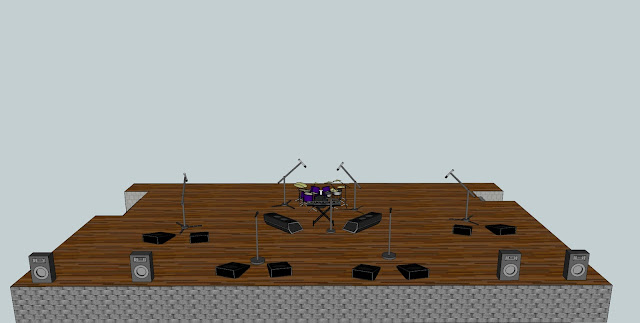Proven Hardware That Sounds Great
16 Onyx mic preamps
High-end Cirrus Logic® converters
Ultra low-noise, high-headroom design
6 aux sends for monitor mixes
Master L/R output for mains
Tons of Built-In Processing
Choice of powerful, touch-sensitive plug-ins
4-band EQ, gate and compression on inputs
31-band GEQ and comp/limiter on outputs
Global reverb and delay
Wireless Mixing
Seamless wired to wireless mixing
Tune the room from anywhere
Get on stage to ring out monitors
Personal monitor mixing with access control ability
Use up to 10 wireless devices simultaneously
Total Control from Your iPad, iPhone or iPod touch
Intuitive Master Fader™ app for all iPad models
My Fader™ app for quick control from iPhone or iPod touch
“Grow and Glow” visual feedback
Preset and snapshot recall
Record the mix to the iPad for instant sharing
Integrate music from any app into the mix
Install Friendly Features
PadLock™ feature locks down iPad for permanent installs
Industry standard Kensington lock secures mixer
Compact footprint saves precious workspace
15.5″ x 11.5″ x 3.9″
7.9 lbs / 3.6 kg
30-pin connector version available now and Lightning version coming soon











